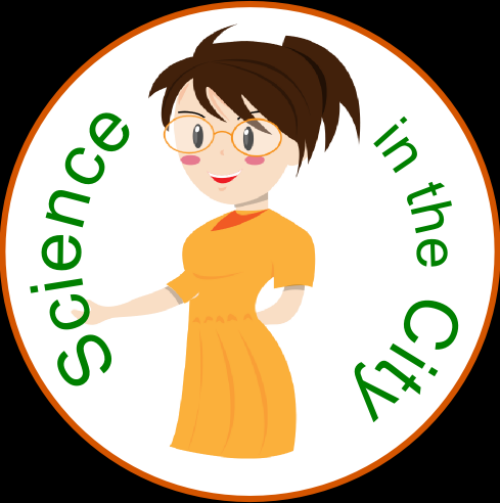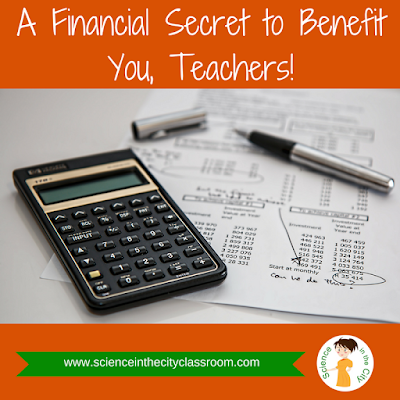How to Organize Bellringers or Tickets Out
What are some of the concerns?
I have been asked about how I organize my bellwork and warm-ups, both in terms of how I organize the papers and the class time. Some of the complaints that I've heard are against doing warm-ups are: too much grading, too much time being spent in class time, wasted for students to settle down, too much shuffling papers and more.Grading
I have already addressed the grading in a couple of other posts here, here, here, and here.Timing
As far as the class time I'm really a stickler for using a timer and keeping my bell work very short. I know some people do bell work that's a bit longer, it depends on the length of your class, and how you want to run your class time. I usually keep it to three to five minutes. My bell work is one two three questions. If it really seems that people are working and need an extra minute or two I make extend it.I enforce that by using a timer that is visible on the Smartboard. Depending upon how you setup your bellwork there are stand-alone timers, internet timers, Smartboard timers, the 1-click timer Chrome extension and many others.
Paper Organization
As far as how to organize the papers I've done it a few ways. I like to keep all my bellwork questions for a one-unit together in either a Google slide presentation, PowerPoint, Smart Board file, etc. Then I have the students answer on a bellwork or warm up sheet link here. They turn this in each day. Before their class, I spread them out on either a back table, counter, or something like that. On their way in the students can grab the paper with their name on it. It's a little extra incentive for them to get to class early or at least on time because the timer starts when the bell rings.Electronic Organization
When I have done bellwork electronically I have most often used a Google form. I share the link through Google classroom. They can quickly click on it answer, and all the answers come to me in one place. I can also turn the form off when the time is up, so that they have to submit in a timely fashion. I have also done a Google slide. In this case, I have all my warm ups in that slide file. I copy just today's slide. share it with them through Google classroom or through a force copy. They put their answers on it and then submit. Google Classroom really facilitates this very easily.Class Time
As far as during class time I can usually make a quick assessment if I want to discuss bellwork or go over it based on what I see when students are working. If I use a Google form where I can get instant feedback then, I can pull the results up on the board and this can help me assess and decide if I want to have a class discussion. If I find out that I'm wrong it's perfectly okay to go back the next day.What questions do you still have? Ask them here and I will do my best to answer!

















